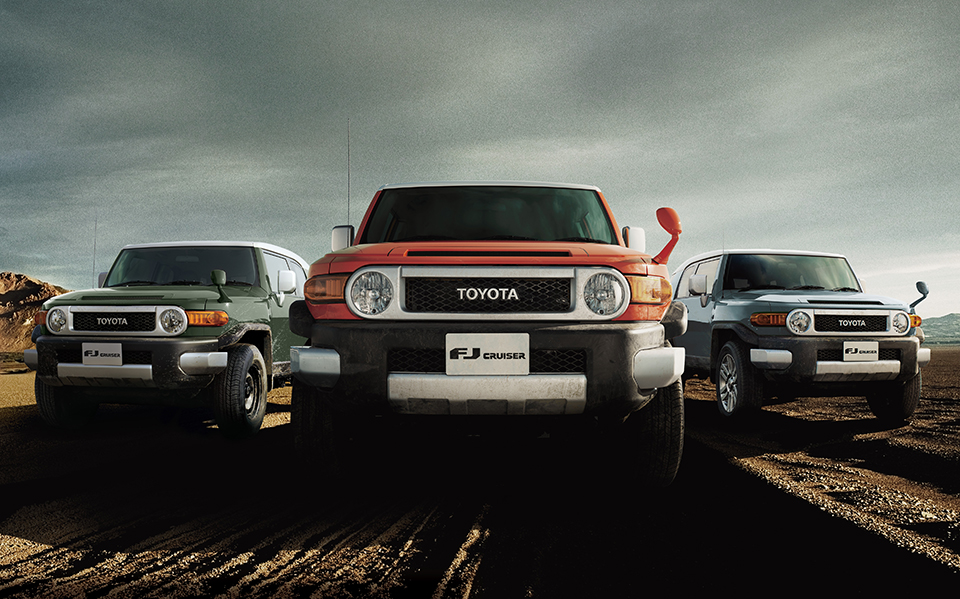
Between 2011 and 2015, Toyota solidified its place as a leader in the SUV market. From full-size off-road warriors to stylish crossovers made for city life, Toyota delivered SUVs that still hold their value today. Whether you’re looking for durability, comfort, or fuel efficiency, you’ll find plenty of Toyota SUV for sale from this era that check all the boxes.
If you’re shopping used and want something dependable, here are the best Toyota SUV models to consider from 2011 to 2015.
Full-Size Toyota SUVs: Built to Handle Anything
Land Cruiser 200 Series (2007–2021)
Toyota’s flagship SUV doesn’t just talk tough—it backs it up with decades of legendary performance. The 200 Series comes with a powerful V8, a 6-speed automatic transmission, and an unmatched reputation for reliability. In 2015, Toyota added advanced safety features like automatic emergency braking, lane departure warning, and adaptive cruise control.
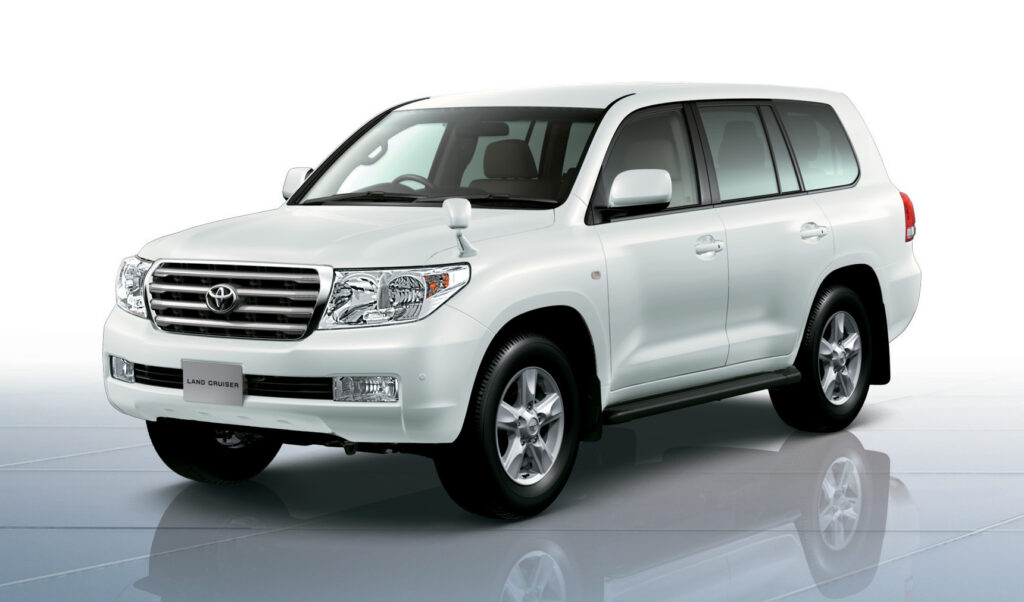
Why buy it? Perfect for adventurers, overlanders, and families who want serious off-road capability without giving up comfort.
Land Cruiser Prado 150 Series (2009–)
Though less common in the U.S., the Prado is the Land Cruiser’s more agile sibling and a favorite in global markets. In 2015, Toyota introduced a 2.8L diesel engine that gave it improved torque and fuel efficiency. It’s a great option if you’re looking for a rugged SUV with a slightly smaller footprint.
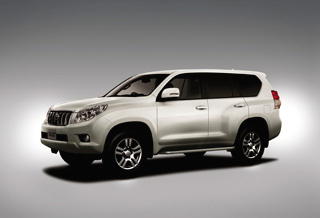
Why buy it? Strong off-road performance with everyday usability. A hidden gem among Toyota’s global SUV lineup.
FJ Cruiser (2010–2018)
The FJ Cruiser turned heads with its retro design and off-road power. Based on the Prado chassis, it comes with a 4.0L V6 engine and full-time 4WD. Toyota added new trims and special colors almost every year, making it a collector’s favorite.

Why buy it? It’s bold, it’s capable, and it’s built for dirt roads.
Midsize Toyota SUVs: Premium Meets Practical
Harrier 2nd Gen (2003–2013)
Known as the Lexus RX in the U.S., this version of the Harrier mixed luxury and performance. It offered multiple engine options, including a hybrid, and earned its spot as a premium SUV for daily driving. Even after the next-gen Lexus RX came out, Toyota kept selling the 2nd-gen Harrier in Japan due to strong demand.
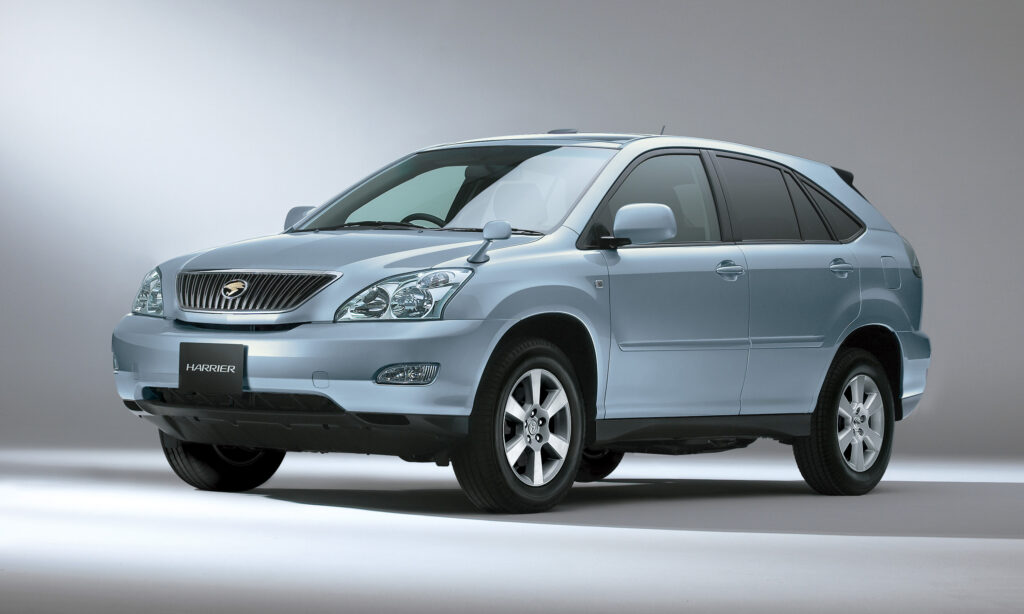
Why buy it? Affordable luxury and Lexus-level refinement in a Toyota badge.
Harrier 3rd Gen (2013–2020)
In 2013, Toyota launched a redesigned Harrier for the Japanese market, based on the RAV4 platform but with a premium twist. Buyers could choose from a 2.0L gasoline engine or a 2.5L hybrid, both packed into a sleek design with upscale interior finishes.
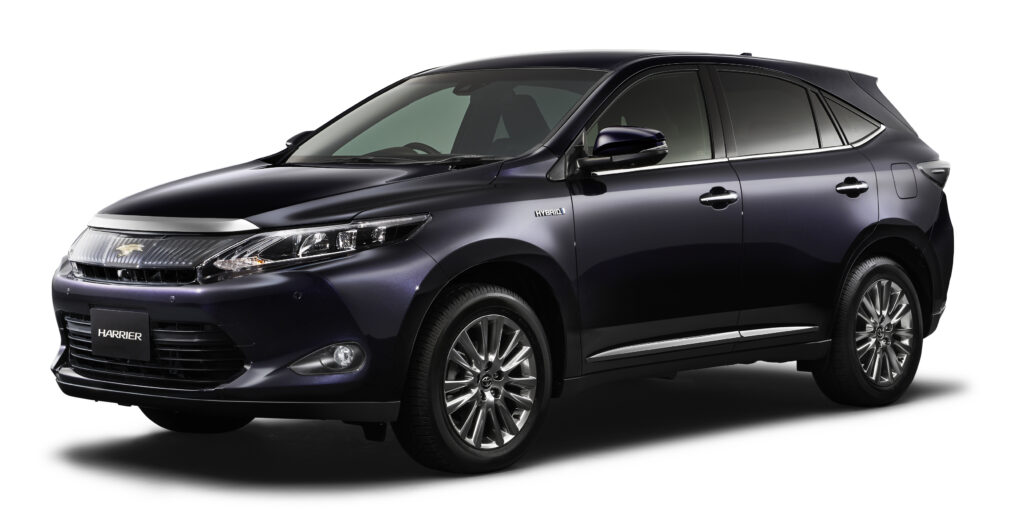
Why buy it? A stylish, high-quality midsize SUV that offers great value and efficiency.
RAV4 3rd Gen (2005–2016)
Before the U.S. got the 4th-gen model in 2013, Toyota kept the third-gen RAV4 going in Japan until 2016. It had a reliable 2.4L engine and remained a practical choice for families. Although less flashy than later models, it still offered solid performance and comfort.
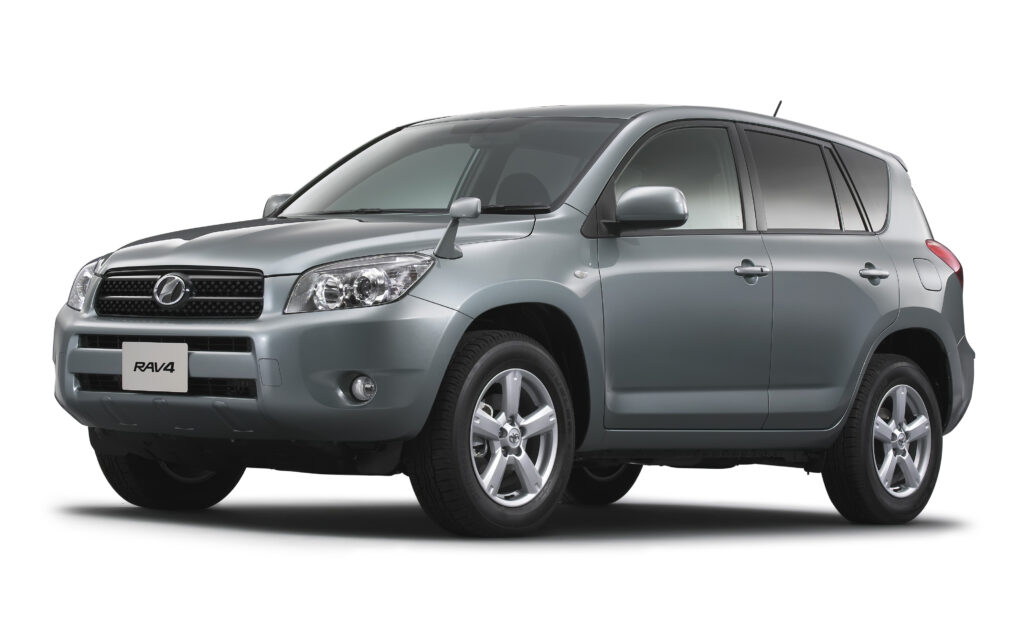
Why buy it? Reliable, roomy, and a smart buy for everyday use.
Vanguard (2007–2013)
Think of the Vanguard as a longer, more luxurious version of the RAV4. It featured a 3.5L V6 engine and three-row seating, making it ideal for growing families. It filled the gap between the RAV4 and the Highlander and gained popularity after the V6 Harrier was discontinued.
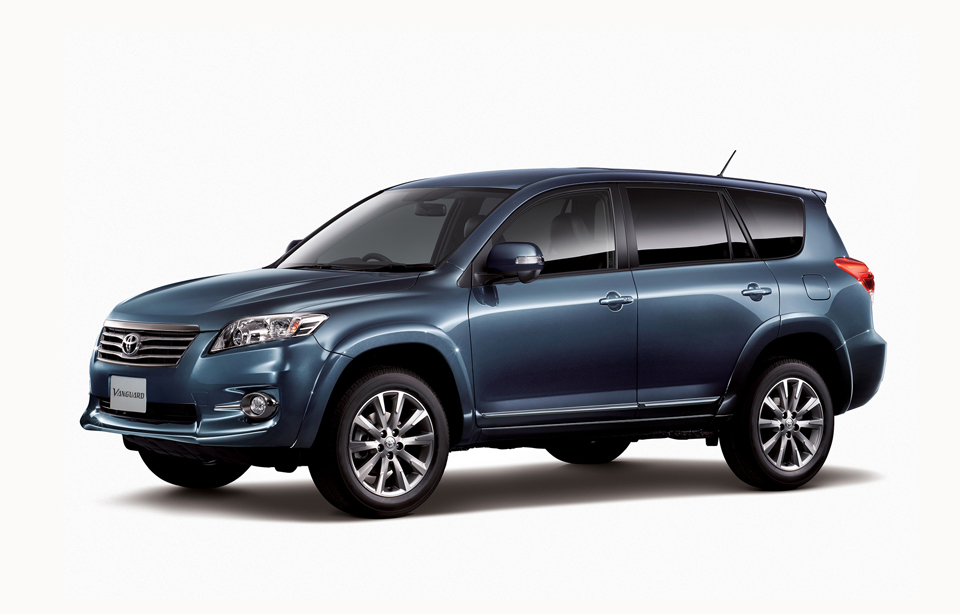
Why buy it? More space and more power in a refined midsize SUV.
Compact Toyota SUV: Small Size, Big Character
Rush (2006–2016)
The Toyota Rush was a tough little SUV designed for rugged terrain. It had a 1.5L engine, rear-wheel drive (with 4WD options), and a ladder-frame chassis—something rarely seen in compact SUVs. Toyota designed it for serious driving in a compact form.
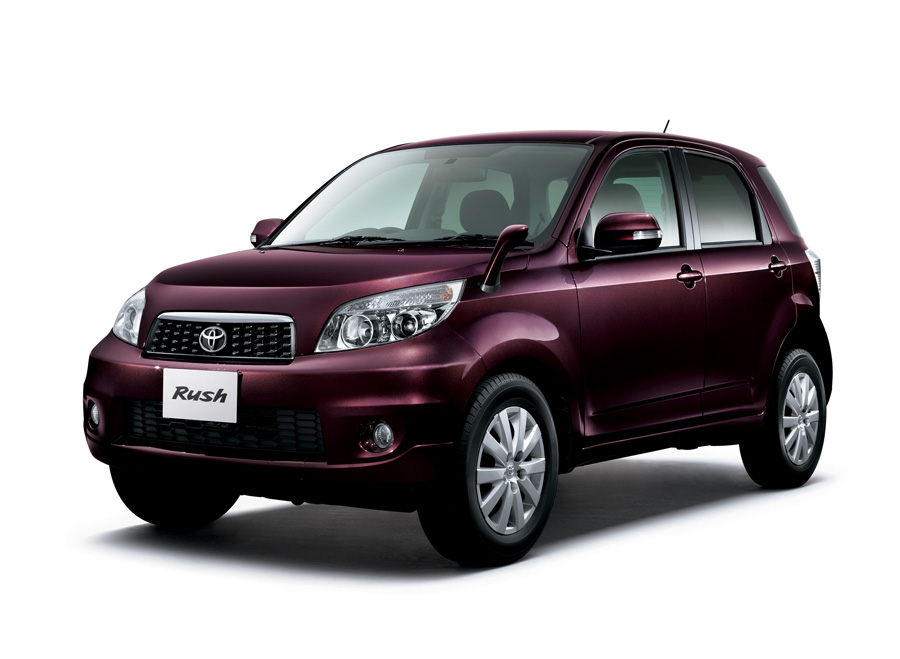
Why buy it? A compact SUV that drives like a true off-roader.
Which Toyota SUV Is Right for You?
If you’re looking for a reliable, used SUV with proven performance, Toyota delivered some of its best SUV models between 2011 and 2015. Whether you’re hunting for a rugged off-roader, a family-friendly daily driver, or a stylish hybrid, there’s a Toyota SUV for sale that fits your lifestyle.
Our Top Picks:
- Land Cruiser 200 Series – Built for everything, from mountains to highways.
- Harrier 3rd Gen – Smooth, stylish, and efficient.
- FJ Cruiser – For adventurers who want to stand out.
Still can’t decide? Feel free to contact us at Carused.jp and let our expert team help you find the right used Toyota SUV for you!



